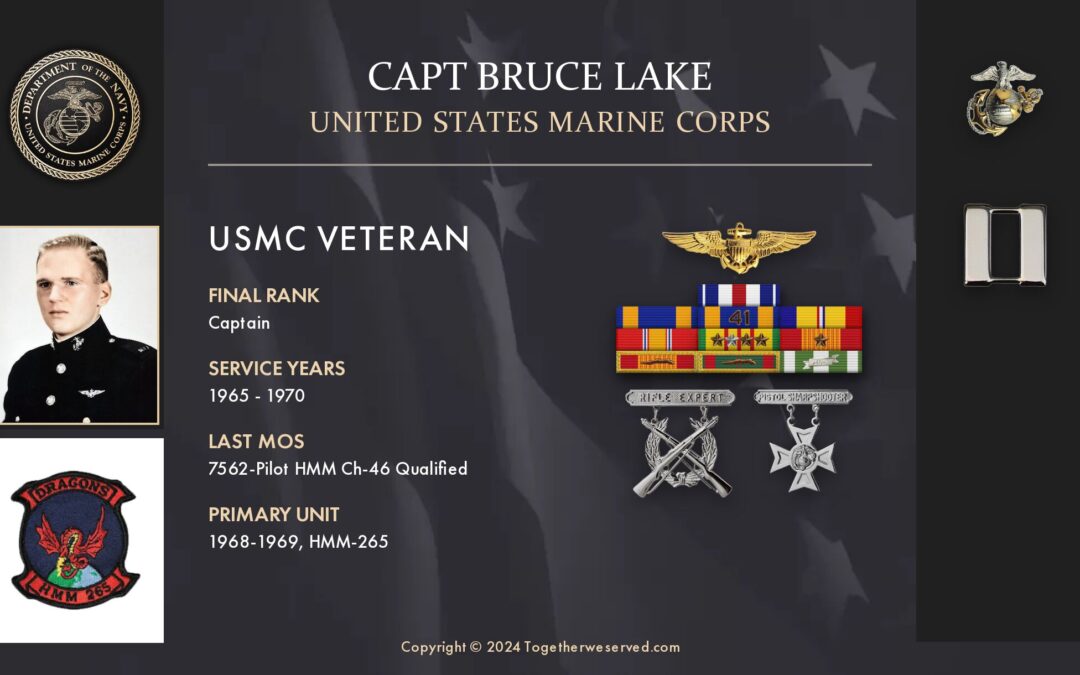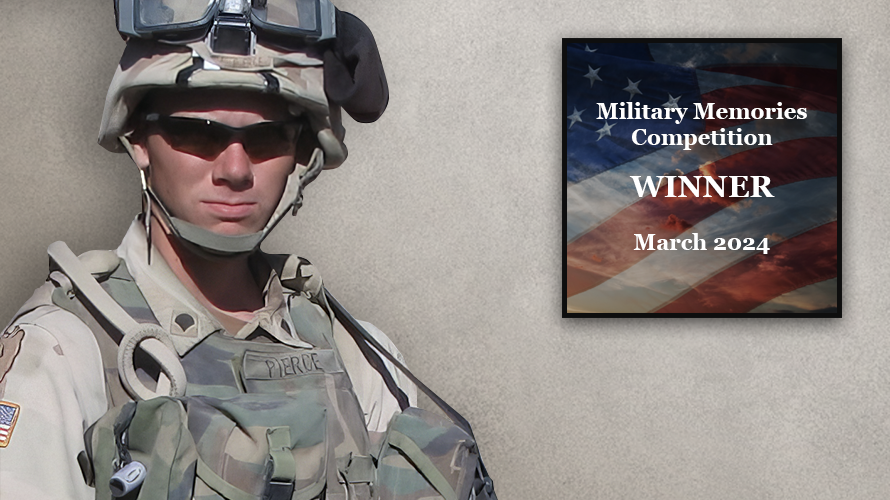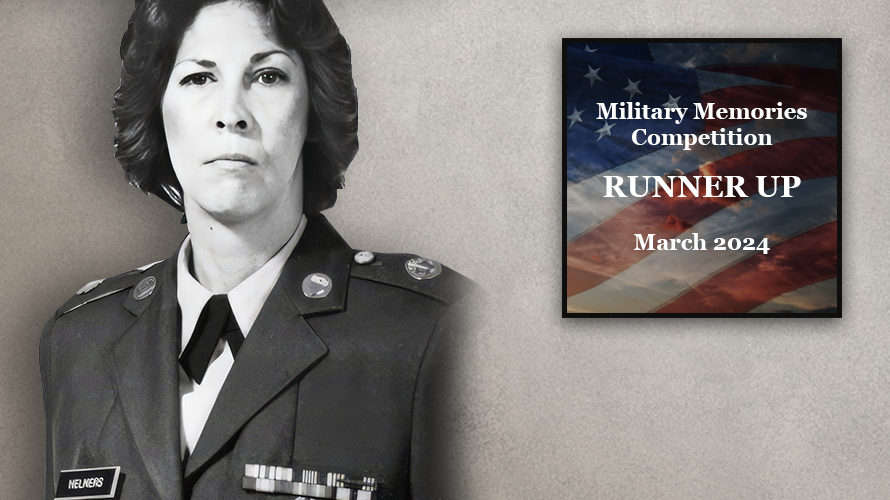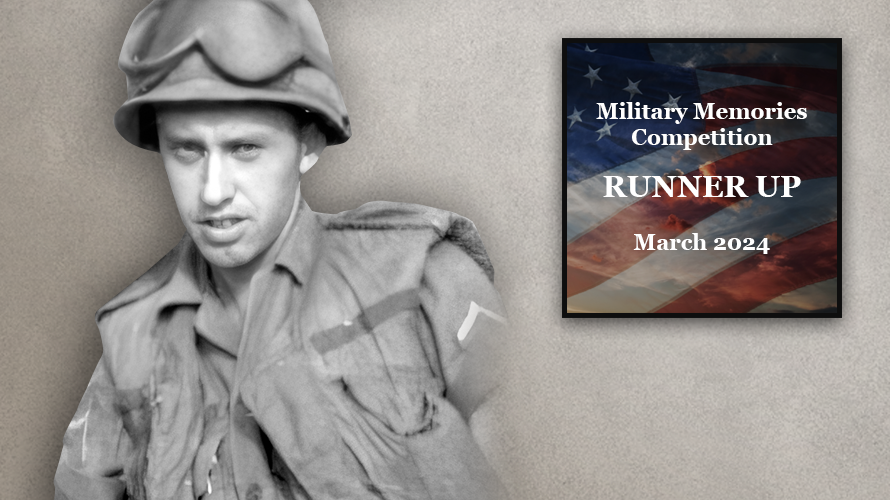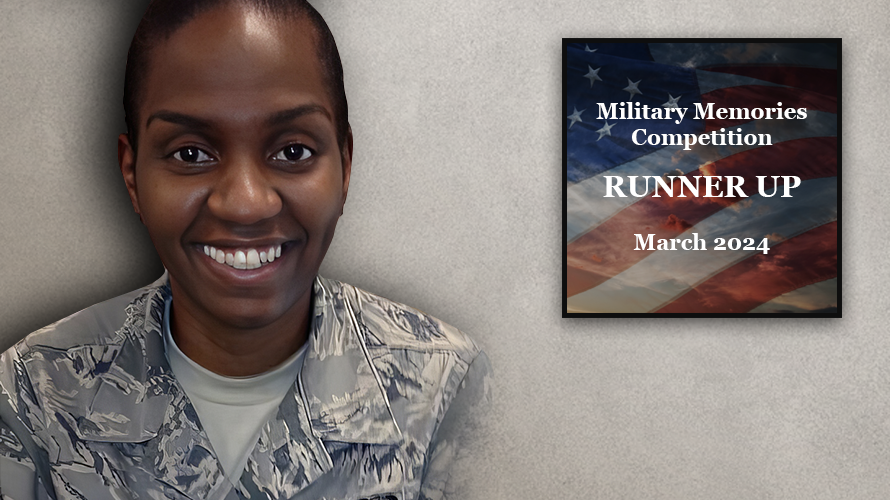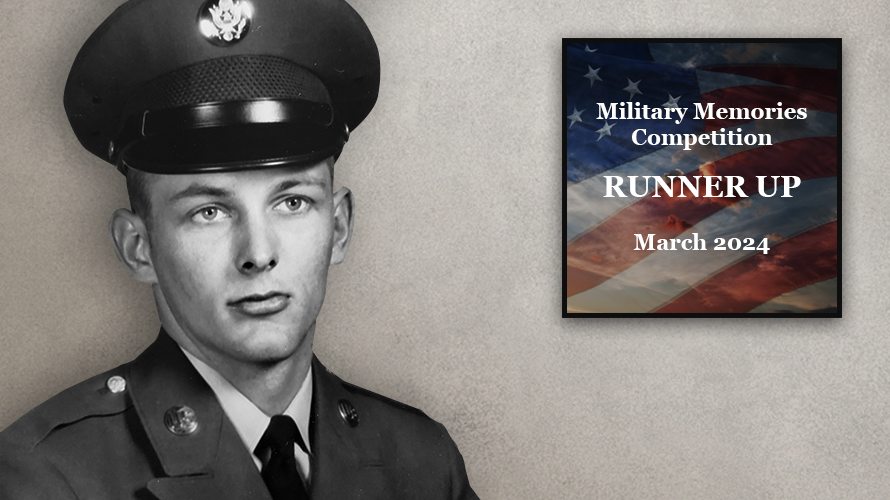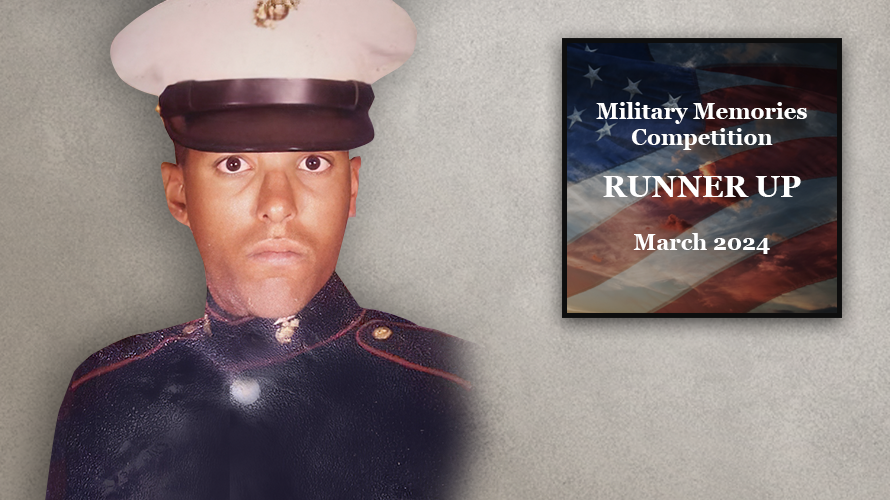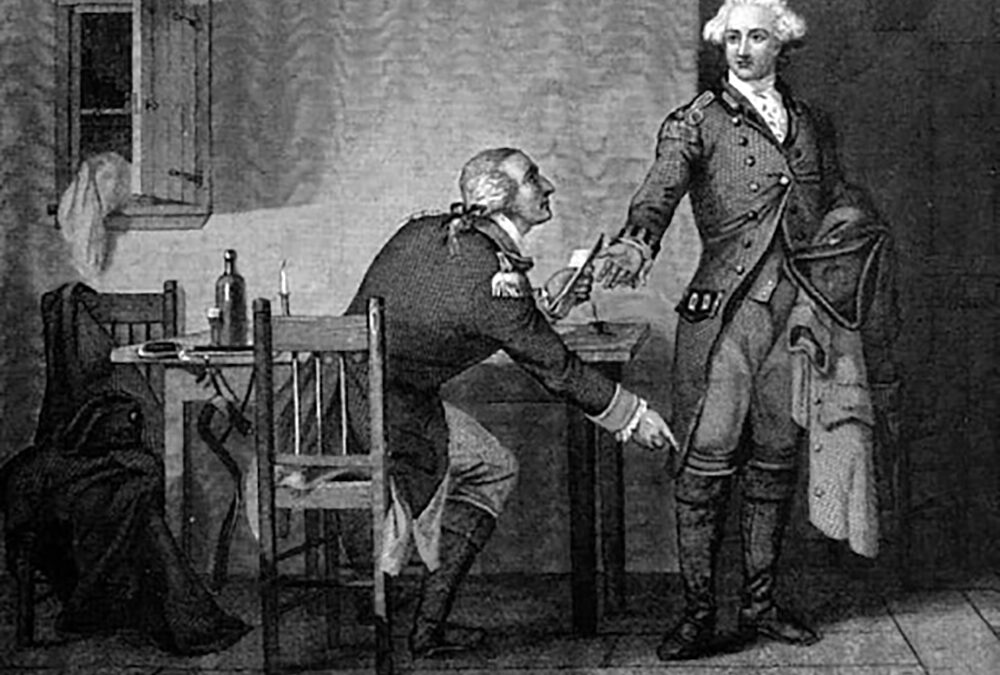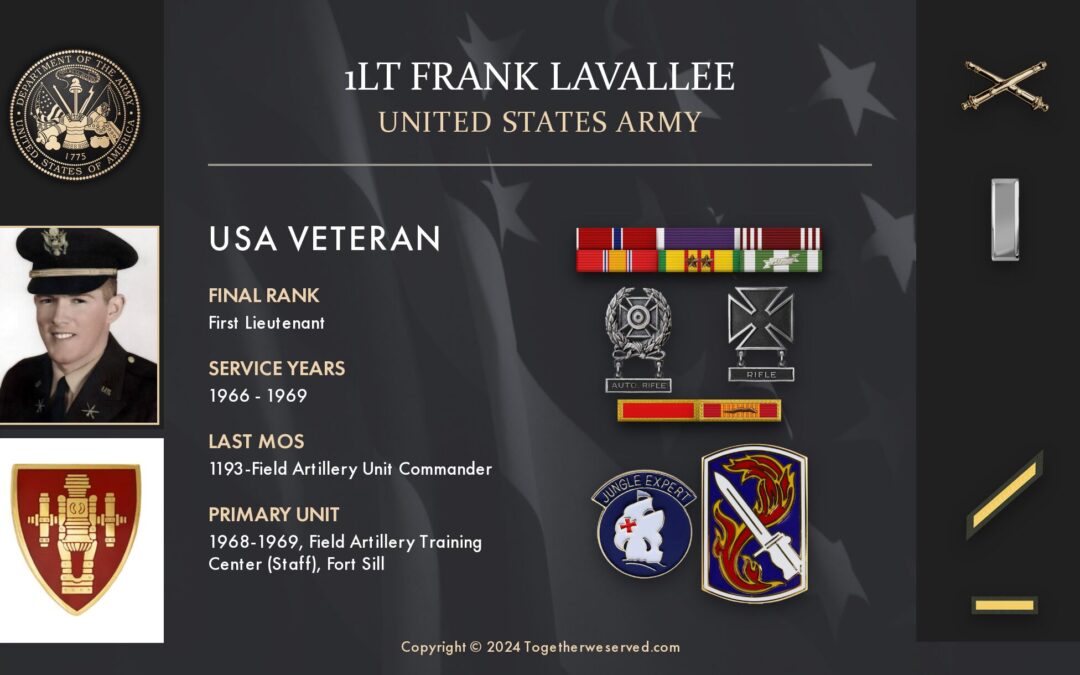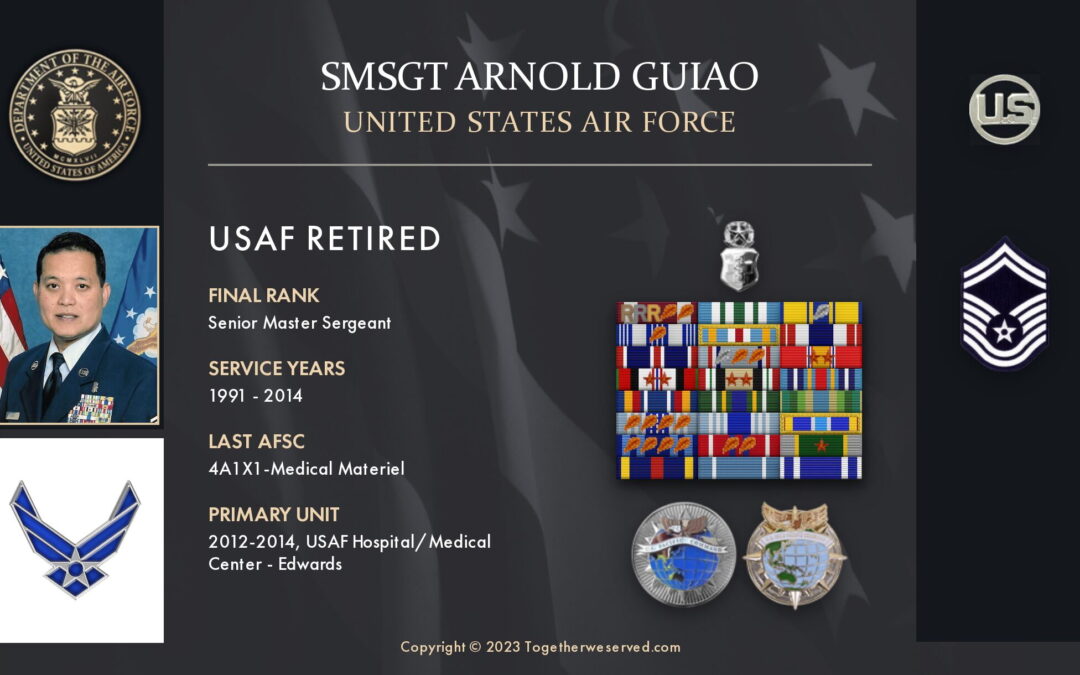PRESERVING A MILITARY LEGACY FOR FUTURE GENERATIONS The following Reflections represents CDR Thomas Nelson's legacy of his military service from 1970 to 1997. If you are a Veteran, consider preserving a record of your own military service, including your memories and photographs, on Togetherweserved.com (TWS), the leading archive of living military history. The following Service Reflections is an easy-to-complete self-interview, located on your TWS Military Service Page, which enables you to remember key people and events from your military service and the impact they made on your life. Start recording your own Military Memories HERE. Please describe who or what influenced your decision to join the Navy. CPT Quinlan, USMC - Class Officer for my AOC class My family history certainly helped me decide. Many of my ancestors were in wars, particularly my 4th great-grandfather, who signed the Declaration of Independence and was commander general of the Virginia Military who fought in the...

